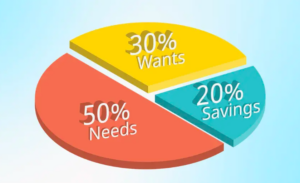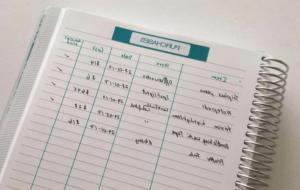Embracing Frugality: A Path to Financial Freedom and Fulfillment
Frugality is more than a collection of saving techniques—it’s an intentional mindset. At its core, being frugal encourages making thoughtful decisions about your finances, guiding you toward long-term goals rather than fleeting satisfaction. It doesn’t mean deprivation or giving up what you love, but instead, making conscious choices to align your spending with your personal values. By adopting a frugal approach, you can pave your way to financial freedom, reduce financial stress, and find fulfillment in using your resources wisely. The true reward isn’t just more money in your bank account; it’s the peace of mind and contentment that come with living intentionally.
Cultivating Mindfulness in Spending Habits for Long-Term Savings
Mindful spending starts with awareness. Many of us get caught up in unconscious spending—habitually buying things we don’t need or succumbing to impulse buys. To break free, it’s important to identify your spending triggers. Are they driven by stress, convenience, or a fear of missing out? Building small but impactful habits, like waiting 24 hours before making unplanned purchases or tracking your expenses each week, can bring clarity to your financial habits. The act of pausing to ask yourself, “Do I really need this?” can lead to powerful savings over time. This mindfulness ultimately shifts your focus from instant gratification to financial security and wealth growth.
Practical Strategies for Reducing Daily Expenses and Maximizing Savings
Daily expenses often seem insignificant on the surface, but they can add up quickly. Frugality can work wonders here by finding small, manageable ways to save each day. Substituting homemade meals for dining out, brewing coffee at home instead of ordering a $5 latte, or shopping sales strategically for essentials can all yield impressive savings over months and years. Reducing utility bills can be as simple as unplugging unused electronics or switching to energy-efficient bulbs. Evaluating subscriptions you no longer use is another great way to trim unnecessary spending. Redirecting these small savings into an emergency fund or an investment account can give them purpose and create momentum toward your financial goals.
Creative Approaches to Lowering Housing, Transportation, and Food Costs
Housing, transportation, and food are among the largest expenses most people face, making them prime areas for savings. When it comes to housing, consider whether downsizing, finding a roommate, or refinancing could save you some cash. Transportation savings can also be significant if you’re willing to switch to public transit, carpool, or even invest in a reliable secondhand vehicle. For food, meal planning and buying in bulk can keep you from overspending. Creative solutions like joining a local produce co-op or growing an herb garden at home can also lower your grocery bill. These strategies don’t just save money—they’re habits that add a layer of control and satisfaction to your daily life.
Sustainable Frugality: Balancing Savings with Quality of Life and Enjoyment
Frugality isn’t about extremes; it’s about balance. Too often, people associate frugality with sacrifice, but sustainable frugal living is about finding joy within your means. Investing in experiences instead of material goods often leads to greater happiness and satisfaction. Prioritize quality over quantity by focusing on purchases that hold long-term value. For example, spending a little extra on a pair of durable shoes or investing in a reliable appliance might save you from frequent replacement costs. Frugality also includes rewarding yourself—just make it intentional! Budget for occasional treats to ensure you stay motivated without financial guilt. The key is to maintain an equilibrium between savings and a fulfilling, enjoyable life.




